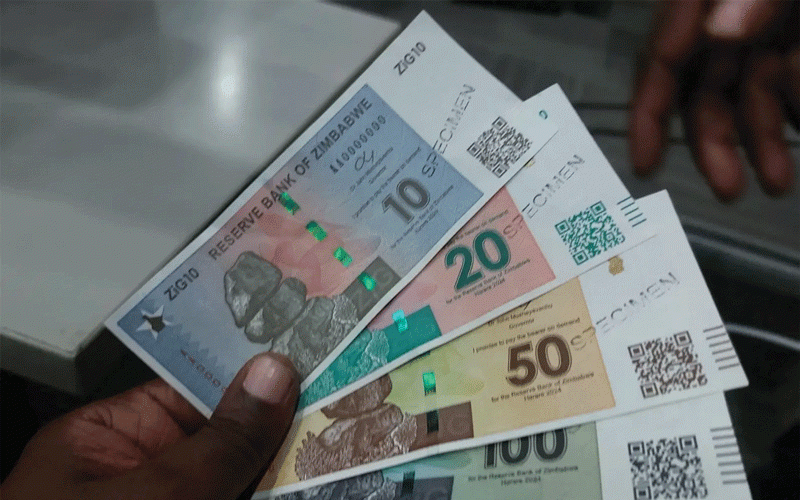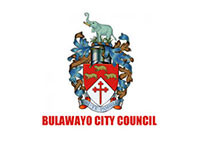
INTELLEGO Investment Consultants managing consultant, Welcome Mavingire, says the Zimbabwe Gold (ZiG) currency’s stability over the past few months is the longest the country has ever had for a domestic currency in recent times.
The ZiG debuted on April 5 last year after the government abandoned the Zimbabwe dollar, in the country’s sixth attempt to establish a stable local currency in more than a decade.
From that period till September 27, the domestic currency remained relatively stable before devaluing to US$1:ZiG24,39 on that day, from US$1:ZWG13,99 on the previous day, to allow “greater exchange rate flexibility in line with increased demand for foreign currency in the economy”, according to monetary authorities.
Since then, the ZiG has devalued to US$1:ZiG26,83, showing relative stability.
However, the United States dollar is trading at 1: ZiG36 on the parallel market, amid indications the exchange rate is managed on the official market, a charge the central bank denies.
“We have seen a lot of stability, especially in the economic variables, and most of that is driven by our local currency stability,” Mavingire said during the just-ended Actuarial Society of Zimbabwe’s 11th annual convention held in Nyanga.
“The Zimbabwe Gold has been very stable since the beginning of the year. In recent times, this is probably the longest stretch where we have been getting stability in our local currency.”
Despite this, he warned that the economy remained vulnerable to shocks, including potential spikes in inflation.
- So, is it a currency?
- Navigating Zim’s new monetary frontier: A profound analysis and real estate implications
- New RBZ boss talks tough
- Letter to my People: Exit Panonetsa, enter John II and the ZiGy Zag band
Keep Reading
“We are always worried. We see the potential of maybe unforeseen spikes coming from something that just happens to the currency,” Mavingire said.
“More importantly, most of these things also tend to be fuelled by psychological reasons. Everyone, even with this stability, fears that at any moment it might collapse.”
He highlighted the challenges posed by a highly informalised economy.
“When you are talking of an informal sector, there are no official numbers; they don’t use the banking system,” Mavingire said.
In terms of growth prospects, he said that the economy was expected to grow by 6% this year, driven by a revival in agriculture and increased mining output.
“For this year, it is more like an estimate. It is more tangible. I think it is possible for the first time that the government has agreed with the International Monetary Fund, World Bank and the African Development Bank,” Mavingire said.
“They are all convinced of a 6% growth figure, but I think the major drivers around that are coming from a low base because last year we had very slow growth.”
The executive, however, expects shocks from the tight monetary policy stance, which has already caused a debilitating liquidity crunch, amid fears the move would quicken the re-dollarisation pace.
“There are some companies that benefit from volatility in our local currency, but whenever there is stability, at times, it also affects. That is why we have seen a lot of corporate failures in the past six months,” Mavingire said.
“It has also been aided by the fact that it is now easier to just apply for corporate rescue and all that. What has been the impact, especially on our markets? The stock market has likely been subdued, but we have seen just a reversal of strength.”










